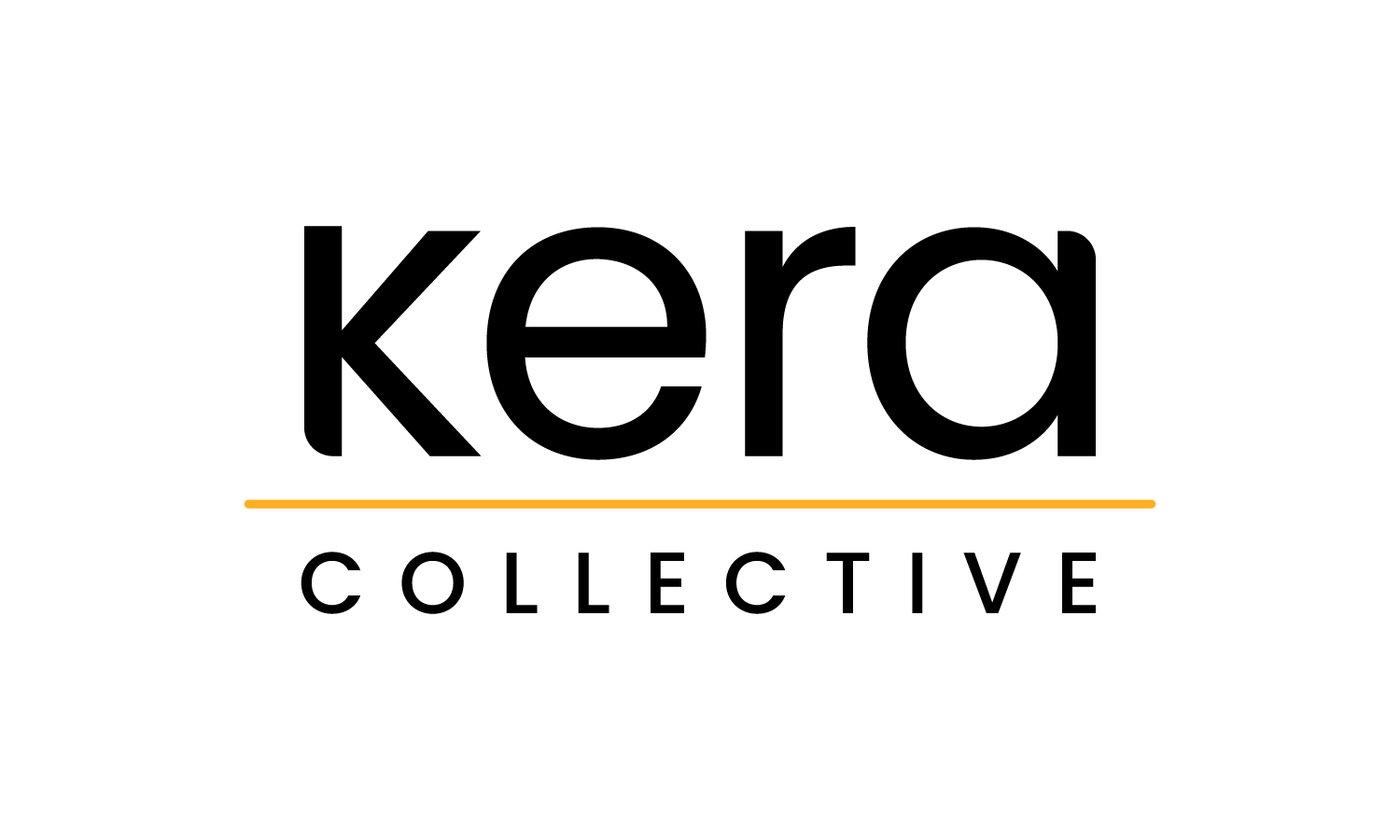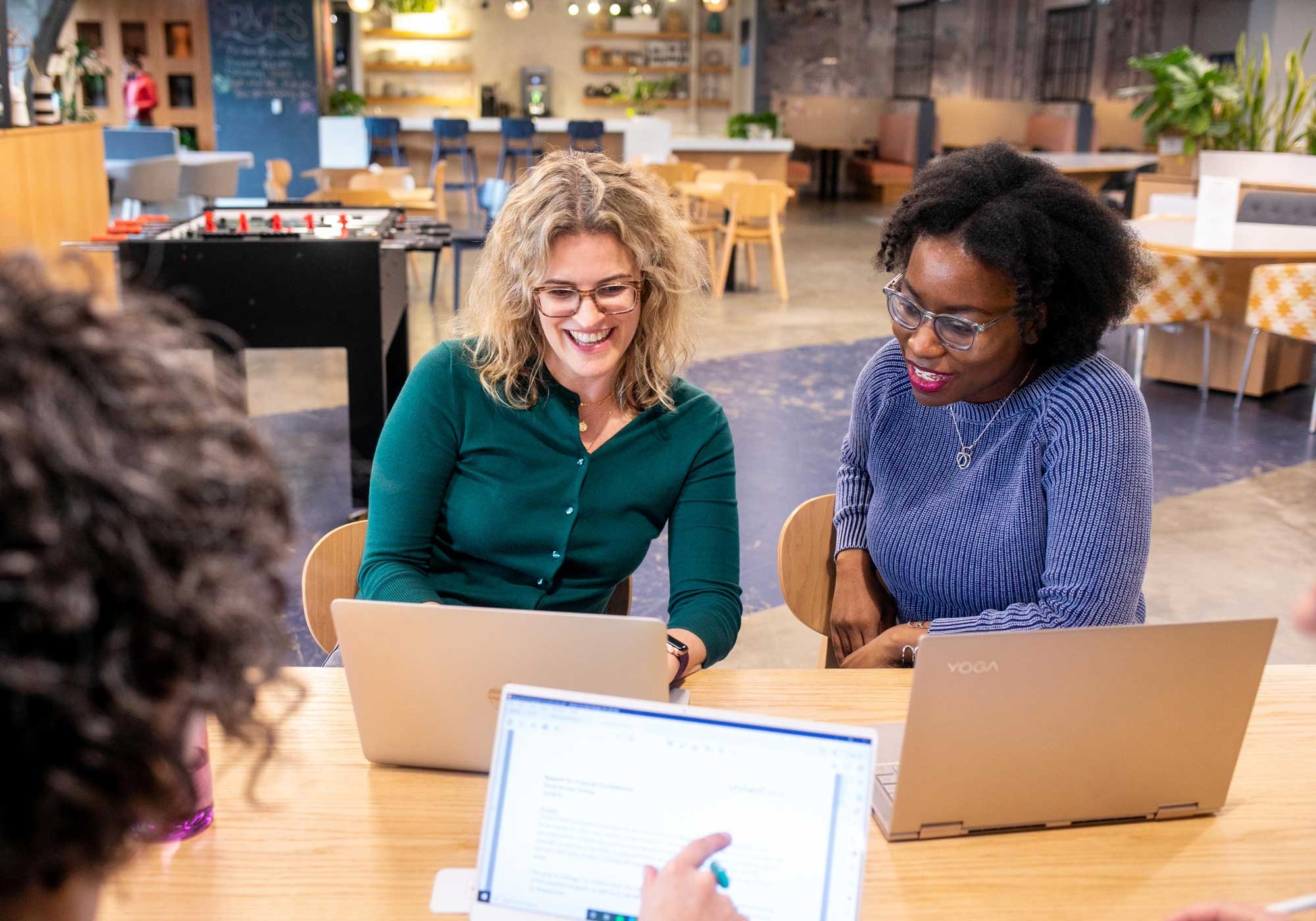
A space for our community to learn alongside us
Insights | Publications | Tools
The latest from our team
Problem Solving in a Rapidly Changing World
In today’s world, we need creative problem solving skills more than ever to plan for an uncertain future and unexpected developments. This month, explore how creative problem solving helps to interpret history in politicized times, rethink philanthropy, and address unexpected uses of AI in research.
Reflection as Evaluation
For museum program facilitators, a post-program reflection tool is a great way to not only reflect on your teaching and facilitation practice, but also generate rich data with which to evaluate your participants’ progress. At Kera, we often include these first-person perspectives in program evaluation designs as an additional data set to triangulate with data representing other relevant perspectives, like those of program participants or museum program managers.
One Door Closes and Another Opens
When things don’t go as planned, it can be painful and frustrating. Yet there are other ways to do something, other paths to take. This month we share three resources to remind us of this.
What Do We “Know” About Museum Audiences?
In reviewing our recent blog posts, I realized that we don't talk as often about museum audiences as I would have expected. This surprised me because—as a company with over 35 years of history—we have learned so much about museum audiences over the years. We also advocate for museums to center their work around people! Therefore, I wanted to tap into our collective knowledge and share some key insights about museum audiences.
Confronting the Censorship and Misinformation Era in Museums
Eras of censorship and misinformation are not unfamiliar to the United States—from the repression of political activists to banned books to manufacturing consent for genocide. Today, many feel scared and unsure of how to proceed with this administration’s actions and orders regarding repression of political speech and censorship of topics like race and gender identity. So how do we, as evaluators and museum professionals, confront this era?
Take a Chance
What happens when you take a chance and try something new? The resources we recommend this month explore reflections on failure, an intriguing program that puts visitors in artists’ shoes, and co-creating exhibits with the community.
A Quiet Unease About Timing and Tracking Observations in Museums
I’ve led many timing and tracking studies, from those focused on specific galleries to an entire museum floor to a whole museum, and have seen firsthand the kind of lightbulb moments unobtrusive observational data can spark for exhibition designers, museum educators, and others. Recently, however, I’ve been sitting with a different kind of data: my own discomfort—a quiet unease that grew too loud to ignore.
What Story is Your Museum Project Telling?
What was the last story that you heard?
Perhaps, your child told you about their day. Dashia and her bestie at day care used their dinosaur toys, a slightly haggard T-Rex and colorful triceratops, to act out a drama that sounded suspiciously like Lord of the Rings. Or you and your colleague were catching up; he told you about his weekend trip to a new city. His day began with getting lost but ended with finding a scenic outlook. Maybe you were talking with a grandparent. The phrase “back in my day” began, and you learned how your grandma had once travelled from Alabama to Michigan to start a new life, one suitcase in hand.
Seeing the World From a New Perspective
This month's resources show how shifting your perspective—through storytelling, moments of awe, and embracing contradiction—can deepen empathy, help you navigate difficult times, and open new paths for understanding ourselves and others.
Field Trip Evaluation and Creative Problem Solving
Anyone who manages museum field trips will tell you that even with the best laid plans, some unpredictable logistical challenge will come up. Now, as someone who evaluates students’ and teachers’ experiences on museum field trips, these challenges bring up a whole new crop of questions and potential solutions. I wanted to share some solutions to a few common field trip evaluation challenges in the hopes that whether you’re a field trip program manager, educator, internal evaluator, or external evaluator you can find the best ways to continuously evaluate school field trips—even when the bus doesn’t show!
Museum Evaluation Methods Roundup
As someone who joined the museum evaluation field relatively recently, there was a lot to learn about evaluative methods as they relate to museums and cultural institutions. Over the years, Kera Collective has published so much insight detailing how we approach our work, so let’s recap some of our favorite resources on our Learning Hub about evaluation methods!
Are We Asking The Wrong Question About Impact?
Impact is the positive difference something (like a museum) makes in people’s lives. It’s how people’s lives are somehow better because of an experience, interaction, or intervention.
I most often hear impact referenced in the museum field in terms of measurement. Questions like these are common:
How can we measure our museum’s impact?
How can we demonstrate our impact?
Implicit in these questions is the assumption that impact is happening, and that the real puzzle is in figuring out how to prove it to others.
But, what makes you so sure impact is happening? And what do you mean by impact in the first place?
Grateful for the Guidance
We value lifelong learning, and we are grateful for everyone who shares their wisdom with us, helping us to grow and get better at what we do. This month, we’re sharing some of that wisdom with you, including reflections on relational reciprocity, museum AI policies, and effective report writing.
Can Museums Engage Visitors in Civics?
Recently, for a Kera Collective coffee break, where we talk about relevant research and news, we read this thoughtful post by Sarah Jencks on AAM’s blog about why museums need a civic strategy. It made me think about some resulting general questions: can a museum meaningfully engage in civics? What does it mean for a museum to have a civic strategy? And how can engaging in civics create a reputation of trust for museums when thinking about community work? These are seemingly simple questions, but I believe that museums as institutions have to think deeply about their standing before attempting to incorporate civic engagement.
Preserving Our Digital History
For one of our recent Coffee Breaks, a bi-weekly team meeting where we discuss cultural institution-related news or research, I led a conversation about preserving digital content, inspired by the recent deletion of federal website pages and the Internet Archive’s initiative to preserve them. It’s something I’m passionate about!
We Gave it a Name!
We finally gave our newsletter a name—one that reflects our vision and values. Meaning making is at the heart of our work. It’s what happens in museums, and it's what we do every day at Kera Collective. This is a space where we share what we are curious about and what we’re making sense of, together and as individuals.
This is The Meaning Maker.
What Are You Paying Attention To?
I am an obsessive podcaster, never missing an episode of Hidden Brain with Shankar Vedantam or Revisionist History with Malcolm Gladwell. I recently found a new addition to my queue (via a Revisionist History cross-post): No Small Endeavor. All three podcasts share many of the same guests and same topics of discussion. But, I was particularly interested in how Lee C. Camp—the host of No Small Endeavor—approaches the podcast from his perspective as a professor of theology and ethics. The goal of the No Small Endeavor podcast is to explore what it means to live a good life. Therefore, I was intrigued with how often he returns to the topic of attention, finding it worthy of my (ahem) attention.
Getting the Most Out of a Logic Model
Toward the end of last year, our fearless leader, Stephanie Downey, wrote about why you need a logic model. Because we often help clients build logic models for programs and partnerships, I want to expand on the why by discussing more about the how and share some tips for creating a logic model that works for you and your organization.
Information Shapes Reality
Information is powerful. That is clearer than ever. What we do—or don’t do—with it shapes how we make sense of the world. Our staff picks this month show what happens when information is erased, challenges our assumptions, and emboldens us to innovate.
Energizing Designers’ Creative Process Through Evaluation: An Interview with Brenda Cowan
As an evaluator with extensive experience in exhibition evaluation, I’m passionate about the intersection of evaluation and experience design. Recently, I spoke with Brenda Cowan, Professor at the Fashion Institute of Technology (FIT), about this topic. Over the past two decades, Brenda has played a key role in shaping and growing FIT’s Exhibition and Experience Design Masters program, consistently emphasizing the importance of evaluation in training future designers. We discussed why she believes it’s crucial for emerging designers to understand how evaluation happens and how it supports their work. Enjoy these highlights from our conversation!






